Gas Pressure Washer: Why does my pressure washer spray too hard?
A failed unloader valve can cause high pressure at the nozzle. The unloader valve recirculates water to the pump inlet when the pump is running but the spray wand isn't in use. If the unloader valve sticks shut, outlet water pressure builds up until you trigger the spray wand or the pressure relief valve trips to release excess pressure. If you see pressure washer unloader valve symptoms that indicate a failure such as excessive spray wand pressure and relief valve tripping, replace the unloader valve.
Some pressure washers have a pressure regulator that limits the water pressure. A defective pressure regulator can cause high pressure at the nozzle. Replace the pressure regulator if it doesn't regulate outlet water pressure properly.

THESE REPAIRS MAY HELP SOLVE YOUR GAS PRESSURE WASHER PROBLEM
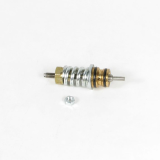
Replace the pressure washer unloader valve
The unloader valve reduces water pressure within the pressure washer pump when the pump runs but the spray wand isn't used, by recirculating water to the pump inlet. If the valve sticks in the closed position, the thermal relief valve frequently discharges hot water onto the ground because the unloader valve can't open to allow recirculation. If the pressure washer doesn't develop adequate outlet pressure, the unloader valve could be stuck open. Replace the unloader valve if it sticks in either the closed or open position.
Pressure washer unloader valve
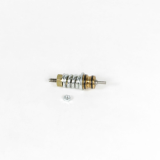
How to replace a pressure washer unloader valve
If your pressure washer suddenly loses all pressure, the unloader valve could be broken. This step-by-step repair guide shows how to replace a pressure washer unloader valve in less than 15 minutes.
Symptoms for gas pressure washers
Choose a symptom to see related pressure washer repairs.
Main causes: using a high-pressure spray tip when applying detergent, clogged siphon tube, chemical injection system fai…
Main causes: overfilling engine with oil, improper fuel/air mixture, choke system problems, dirty carburetor, engine nee…
Main causes: broken recoil spring, damaged recoil starter…
Main causes: dirty air filter, stale fuel, clogged or dirty carburetor, bad unloader valve…
Main causes: insufficient water supply, clogged water inlet screen, clogged pressure hose, faulty pump check valves, stu…
Main causes: damaged recoil starter, oil inside cylinder, locked up engine piston…
Main causes: faulty unloader valve, bad pressure regulator…
Main causes: stale fuel, gummed up carburetor, engine needs tune up, throttle and choke controls need adjustment, bad re…
Main causes: pump running for more than 5 minutes when the spray wand isn't being used, faulty pressure relief valve, ba…
Repair guides for gas pressure washers
These step-by-step repair guides will help you safely fix what’s broken on your pressure washer.
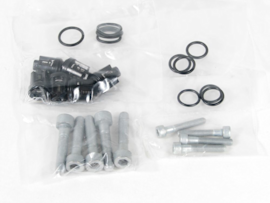
How to install a pressure washer check valve kit
Air in the inlet water supply can damage the check valves. If the pump won’t build up pressure due to damaged check valv…
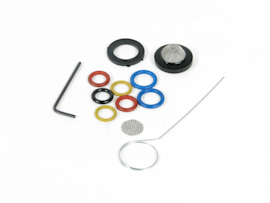
How to install a pressure washer O-ring kit
O-rings seal fittings on the pressure washer pump. Damaged seals allow water to leak from the pump. Follow these steps t…
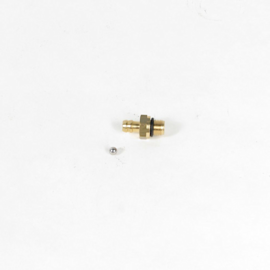
How to install a pressure washer chemical injection kit
The chemical injection valve draws detergent into the pump. If it’s not drawing detergent, use a repair kit to replace t…
Effective articles & videos to help repair your pressure washers
Use the advice and tips in these articles and videos to get the most out of your pressure washer.

Learn about all the convenient features on our Sears PartsDirect website that make your parts purchases easier.…

Learn about a new feature added to the Search Bar on Sears PartsDirect…

Get answers to frequently asked questions about Sears and Sears PartsDirect.…